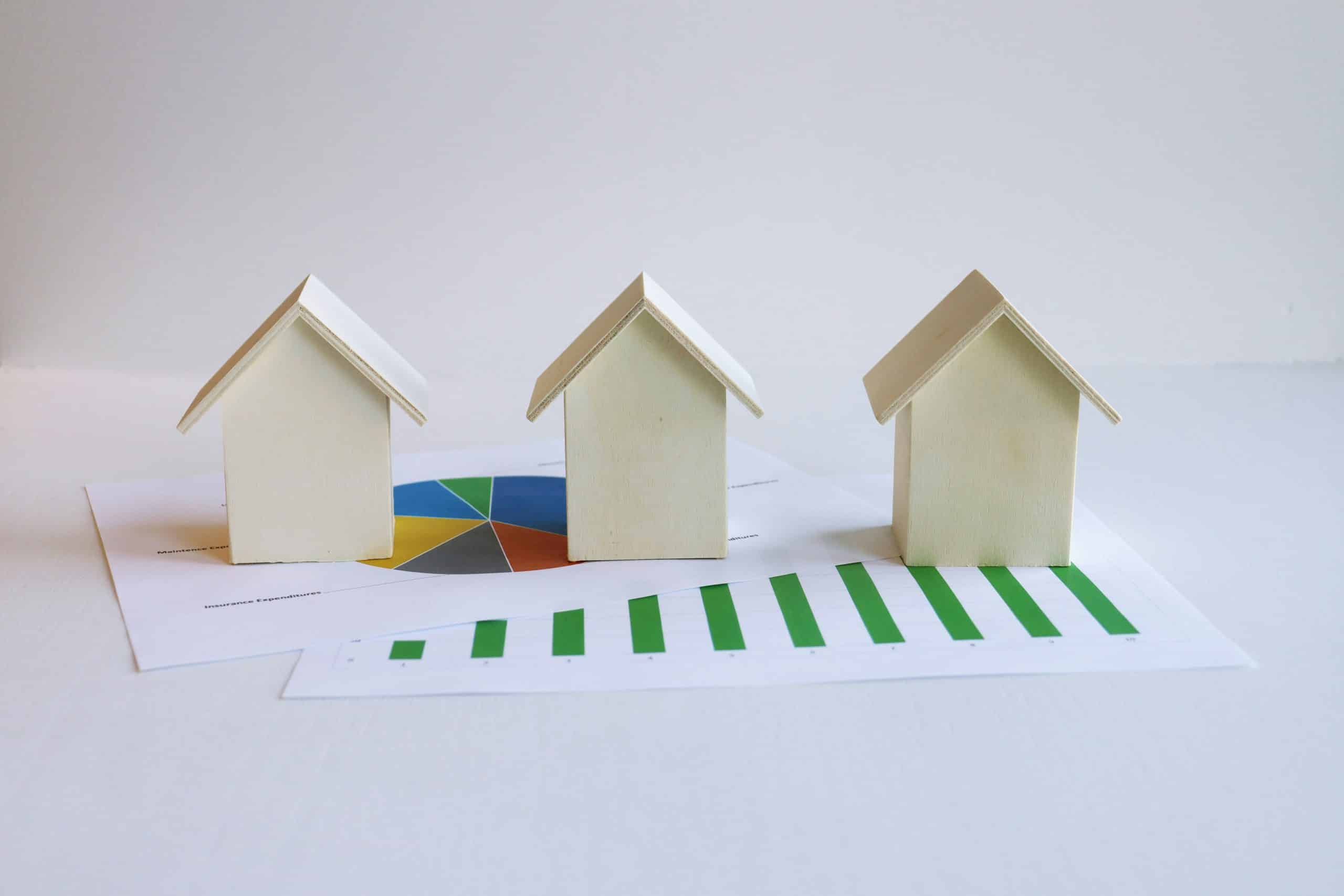The future of real estate post-pandemic

As the world slowly recovers from the devastation of the COVID-19 pandemic, many sectors of the economy are struggling to adapt to the new realities of our post-pandemic world. One industry that has seen considerable changes is real estate. This article will delve into the current state of the real estate market and explore what the future might hold for housing, office spaces, commercial properties, and more.
The Impact of the Pandemic on the Real Estate Market
The global pandemic has undeniably left a profound impact on the real estate market. Demand for certain types of property has fluctuated significantly, and the way people live and work has changed dramatically, affecting property markets from the core cities to the suburban areas.
A lire en complément : Real estate asset management
During the height of the pandemic, lockdown measures forced people to stay at home, significantly increasing the demand for spacious and comfortable homes. With remote work becoming more common, many individuals and families began relocating from crowded cities to suburban or even rural areas where they could afford larger spaces. This led to a rise in housing prices in these areas, while rates in densely populated cities somewhat stagnated or even declined.
The Future of Housing
As we move forward, the housing market will continue to evolve in response to these recent changes. Many people have adapted to working from home and may continue to do so, even after the pandemic. Therefore, the demand for big city living may remain suppressed, while suburban and rural areas could become more popular.
A lire également : Pitfalls of variable rate mortgage loans
However, there’s also the possibility that the appeal of city life will return post-pandemic. With vaccination rates increasing and life returning to normal, people might once again be drawn to the vibrancy and convenience of urban living. This could lead to a resurgence in demand for city properties, potentially driving up prices in these markets.
The Future of Office Space
The office market has arguably seen the most dramatic changes as a result of the pandemic. With many companies adopting remote work policies during the pandemic, demand for office space has plummeted. Even as offices start to reopen, companies are reevaluating their need for physical office space.
In the future, we might see a shift towards more flexible office arrangements, such as coworking spaces or hybrid models where employees split their time between home and the office. This could lead to a decrease in demand for traditional office spaces. However, as with housing, there’s a potential for a rebound. Companies may find value in having a physical space for team collaboration, client meetings, and a sense of company culture.
The Future of Commercial Properties
Commercial properties, particularly retail and hospitality, have been hit hard by the pandemic due to restrictions and reduced consumer traffic. The future of this segment of the real estate market largely depends on how quickly consumer confidence and spending habits return to normal.
A potential trend we may see is a shift towards experiential retail, as businesses strive to provide unique in-person experiences that can’t be replicated online. With more people working from home, the demand for local commercial amenities such as restaurants, cafes, and gyms may increase in residential areas.
The Future of Property Investment
For property investors, the pandemic has added a new layer of complexity. The instability of the market and the varying rates of recovery across different regions and property types make it harder to predict which investments will yield the best returns.
However, crises often bring opportunities as well. For instance, investors may find value in office properties that can be repurposed for other uses, or in commercial properties in suburban areas where demand is growing.
In conclusion, while the future of the real estate market remains uncertain, one thing is for sure: the industry will continue to adapt and evolve in response to the multitude of changes brought about by the pandemic.
The Influence of Interest Rates and Mortgage Rates on the Real Estate Market
Interest rates and mortgage rates are instrumental factors in the real estate market, affecting the affordability of housing and the profitability of investments. During the pandemic, many central banks around the world have cut their benchmark interest rates to historical lows, in an effort to stimulate the economy. This, in turn, has led to a decrease in mortgage rates, making property ownership more affordable for many people.
However, looking ahead, it’s uncertain whether these low rates will persist. If inflation pressures cause central banks to hike interest rates, mortgage rates might also rise. This could dampen the demand for housing, especially in high-priced markets like San Francisco. On the other hand, higher rates could also lead to increased rental demand, as the cost of home ownership becomes less affordable. This shift could offer new opportunities for investors in the rental market.
Furthermore, the low-interest environment could have implications for the commercial real estate market. Lower borrowing costs might spur developers to take on more projects, which could lead to a surge in supply of commercial properties. However, given the uncertainty surrounding the future of office space, this could potentially lead to an oversupply and lower rents.
Affordable Housing: A Long Term Challenge
Affordable housing is a pressing issue in many parts of the world, and the pandemic has only highlighted its importance. Despite a cooling in some big city markets, housing prices in many areas have soared, putting homeownership out of reach for many people.
Addressing this issue post-pandemic will continue to be a challenge for the real estate industry. Solutions might involve a combination of government policies, such as subsidies and inclusionary zoning, and industry initiatives, such as the development of more affordable housing units.
In addition, the shift towards remote and hybrid work could potentially alleviate some of the pressure on housing prices in major cities. As people move to more affordable areas with lower cost of living, this could help to balance out prices across different zip codes.
In the long term, the real estate industry needs to find sustainable ways to provide affordable housing, while also ensuring that investment in real estate remains attractive. This is no easy task, but it’s one that the industry must tackle head-on in the post-pandemic world.
In Conclusion
Reflecting on the future of the real estate market post-pandemic, it’s clear that the industry is poised for significant changes. The shift towards remote and hybrid work, the fluctuating demand for different types of properties, and the ongoing need for affordable housing all point to a future where flexibility and adaptability will be key.
Furthermore, interest rates and mortgage rates will continue to play a pivotal role in shaping the market dynamics. Investors, developers, and potential homeowners alike will need to keep a close eye on these rates as they navigate the ever-evolving real estate market.
The post-pandemic real estate market may be uncertain, but it is also filled with opportunities for those willing to adapt and innovate. As we look forward to a post-pandemic world, the real estate industry will continue to be an integral part of our economies and our lives.
